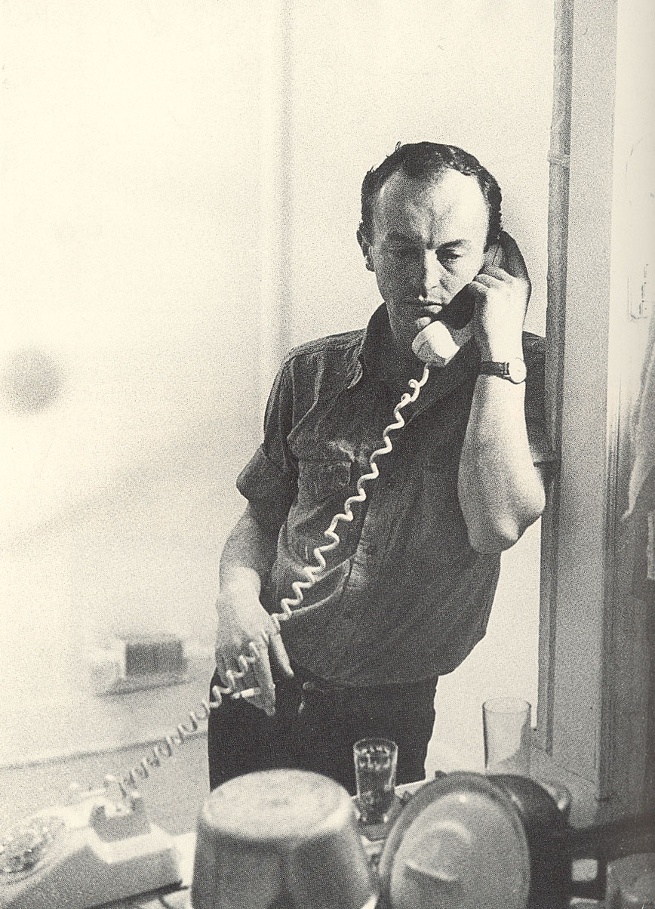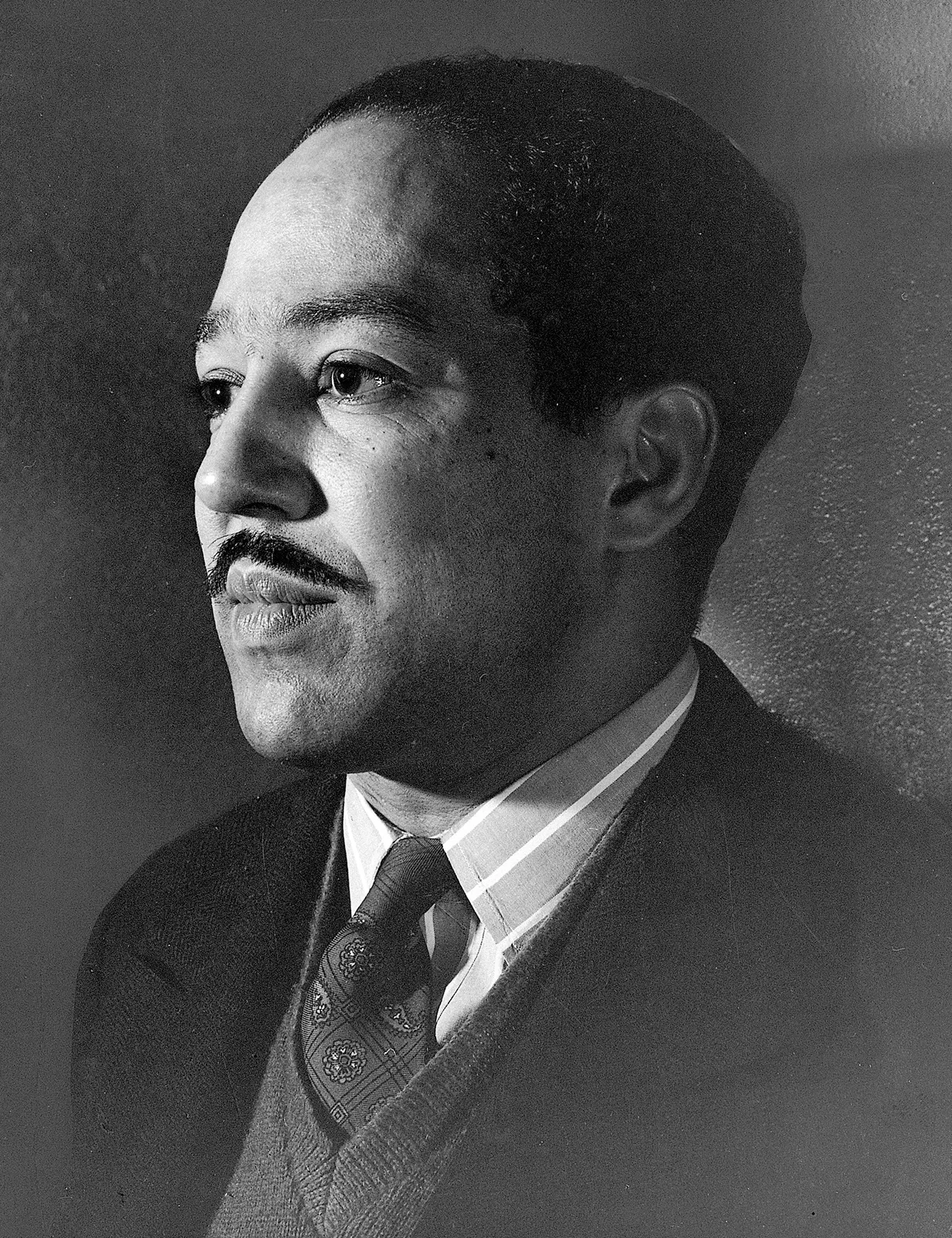
Happy April! In celebration of National Poetry Month, last year we tweeted memorable poems twice a week; for 2023, we’ve developed this guide of famous, influential, short, and long poems to teach figurative language. Poems are all about figurative and hidden meanings, so they’re a great way to familiarize oneself with abstract language. Understanding the wide variety and versatility of figurative language is a necessary ELA skill, so we hope these poems can aid students in learning it on their own or help educators teach it to their students!
The Basic Types of Figurative Language
In order to discuss these amazing poems packed with literary devices, let’s have a brief refresher on some of the most common and important types of figurative language. These devices transform literal language (which means only the sum of the words it contains, no more) into figurative language, which is abstract and means more than what lies on the surface. We’re covering the basics of 6 types of figurative language that every student must know:
- Simile
- Metaphor
- Personification
- Oxymoron
- Hyperbole
- Allusion
1. Simile
A simile compares two unlike things by using “like” or “as”. Writers use similes to enhance descriptions and to show connections between ideas.
Example: The kitten’s fur was as black as a crow, but its temperament was as gentle as a ladybug’s.
In the above example, two similes are used to compare the kitten in two different ways. The first, “The kitten’s fur was as black as a crow”, utilizes the simile to help readers visualize the cat’s fur color. The function of the second simile, “its temperament was as gentle as a ladybug’s”, is to demonstrate the kitten’s behavior and demeanor, emphasizing its careful and gentle nature.
2. Metaphor
A metaphor compares two unlike things without using “like” or “as”. Writers use metaphors to emphasize ideas, draw connections, and add drama to their work.
Example: The snow is our neighborhood’s soft, winter blanket.
In this example, snow is compared to a soft blanket that covers the speaker’s neighborhood. The snow isn’t literally a blanket—nor does it function in the same way as a blanket, because it cannot keep anyone warm. By comparing the snow to a blanket, the writer 1) describes the visual appearance of the snow, and 2) emphasizes the idea that the snow unites the neighborhood, as if they shared a community blanket.
3. Personification
Personification is when a writer gives an idea, thing, or non-human animal human attributes, or if it is spoken of as if it was human. Writers use personification to create vivid descriptions or to identify humanity in non-human things.
Example: As she leaves the conference, Ms. Reynolds says she has a slice of cake waiting for her at home.
This example demonstrates personification used in everyday life. The slice of cake at Ms. Reynolds’ home isn’t actually waiting for her—it’s inanimate and cannot do anything on its own. This expression is used to show how the slice of cake is on her mind; that she’s eager to get home so she can dig in.
4. Oxymoron
Oxymorons pair two opposing/contradictory words/ideas together. Writers use oxymorons to add humor or irony, emphasize contrast, or add dramatic effect.
Example: The road trip my family and I took to drop me off at college was a bittersweet end to my teenage years.
This example’s oxymoron is bittersweet—bitter and sweet are somewhat opposing qualities, so the use of the term demonstrates an experience that is both sad and happy.
5. Hyperbole
Hyperbole involves an extreme exaggeration of ideas. Writers use hyperboles for emphasis, comedic effect, or to develop contrast.
Example: I had to wait an eternity for the doctor to see me.
Did the speaker literally wait an eternity? No, because an eternity is forever. As such, this is a hyperbole used to emphasize the long wait times at the doctor’s office.
6. Allusion
The final literary device we’re discussing is allusion, which is a brief and indirect reference to something that has historical, cultural, literary, or political significance. Writers use allusion to make their concepts more familiar to readers and/or to provide context to their writing.
Example: Our trip to England was a real Odyssey.
This example alludes to the Odyssey, a monumental work of literature about a Greek man’s 10-year journey home from war. By making this allusion, readers understand that the speaker’s trip was long, complicated, and difficult.
Why is Figurative Language Used in Poetry?
You might wonder, why do writers use literary devices to convey ideas they can describe in literal language? Literal language comes with limitations—your options for descriptive language are limited to adjectives and adverbs. Especially in the world of poetry, figurative language helps writers be more creative, exact, and eloquent with their descriptions because they’re able to draw on the reader’s imagination.
An important product of figurative language is imagery—a writing technique that utilizes highly descriptive language to invoke (one or more of) the reader’s senses, highly valuable in the world of poetry. Often, imagery is developed with both the use of descriptive language and precise figurative language (especially similes and metaphors).
Example: The baby pink cherry blossom petals trembled in the wind like the small hands of a frightened child.
In the above example, the descriptive language (baby pink…trembled…) in conjunction with a simile (…like the small hands of a frightened child) develop imagery that appeals to the reader’s sense of sight—you can visualize the fluttering petals with the help of figurative language.
Note: If you struggle with these concepts, look into our ELA courses! Each course has a thorough lesson and many practice questions about figurative language, which can help you understand literary devices and set you up for success.
Eight Poems to Teach Figurative Language
1. “[I wandered lonely as a Cloud]” by William Wordsworth
William Wordsworth (1770-1850) is known for his influence on English romanticism, a movement in literature and art that focused on subjectivity and emotions. In [I wandered lonely as a Cloud], Wordsworth takes the reader on a journey from the perspective of a cloud, floating in the sky and gazing at Earth’s beauty. Four stanzas long and with a clear rhyme scheme (ABABCC, DEDEFF…), this poem is a beautiful example of the vivid imagery that can come from a well-developed simile, vibrant descriptions, and personification of the natural world.
“I wandered lonely as a Cloud
That floats on high o’er Vales and Hills,
When all at once I saw a crowd,
A host of golden Daffodils;” (lines 1-4)
2. “Having a Coke with You” by Frank O’Hara
Frank O’Hara (1926-1966) was one of the most famous members of the New York School of poetry, a group of Manhattan-based experimental poets who included humor and cultural moments in their work. O’Hara’s “Having a Coke with You” is something of a love poem, enriched with imagery, similes, and, most impactfully, allusions to historical and cultural concepts. He uses allusions to make grand comparisons between his love for the person he’s speaking to and culturally celebrated artworks, landmarks, and people.
“I look
at you and I would rather look at you than all the
portraits in the world
except possibly for the Polish Rider occasionally and
anyway it’s in the Frick
which thank heavens you haven’t gone to yet so we
can go together for the first time,” (lines 25-31).
3. “Because I could not stop for Death” by Emily Dickinson
Emily Dickenson (1830-1886) is one of the most celebrated American poets, despite having none of her work published until after her death. Accordingly, “Because I could not stop for Death” is a poem both serene and morbid, in which Dickenson personifies the concept of death into a gentle and kind individual who drives people (including herself) to the afterlife with a carriage. Dickenson’s use of personification is simple, yet it lays the groundwork for a very emotional poem, throughout which she uses crisp imagery to describe what she and Death pass while in their carriage.
“Because I could not stop for Death—
He kindly stopped for me—
The Carriage held but just Ourselves—
And Immortality,” (lines 1-4).
4. “Still I Rise” by Maya Angelou

Maya Angelou’s Poetry Collection, “And Still I Rise”.
Maya Angelou (1928-2014) is an acclaimed poet, author (of essays and children’s books), and civil rights activist who used personal narrative and figurative language in discussion of themes such as racism and identity. “Still I Rise” is one of her most celebrated works, the title poem for her third volume of poetry, And Still I Rise. In this piece, she masterfully utilizes several similes and metaphors to convey her determination to rise above discrimination and celebrate herself as an individual.
“…You may trod me in the very dirt
But still, like dust, I’ll rise.
Does my sassiness upset you?
Why are you beset with gloom?
’Cause I walk like I’ve got oil wells
Pumping in my living room,” (lines 3-8).
5. “Blackberrying” by Sylvia Plath
Sylvia Plath (1932-1963) is known for the feminist themes in her work and her influence on the genre of confessional poetry (which is characterized by a focus on personal experience and blurring the lines between “public” and “private” information). Written into “Blackberrying” is a thorough metaphor about the inevitability of death, conveyed through similes plump with meaning, personification of nature, and hyperbolic details about a blackberry field.
“Nobody in the lane, and nothing, nothing but blackberries,
Blackberries on either side, though on the right mainly,
A blackberry alley, going down in hooks, and a sea
Somewhere at the end of it, heaving,” (lines 1-4).
6. “The South” by Langston Hughes
A vital figure in the Harlem Renaissance, Langston Hughes (1901-1967) is known for his insightful and rich poems and other fiction writing about the experiences of Black Americans in the mid-20th century. “The South” is his description of the strange relationship he, as a Black man, has with the southern United States, post-Civil War and in the time of Jim Crow laws—the South is beautiful but abusive, conveyed through his personification of it as a woman he loves. The poem is like a lengthy oxymoron, as Hughes grapples with both the beauty and ugliness of the South, and the personification and gorgeous natural imagery emphasize the pain in the relationship he describes. `
“Passionate, cruel,
Honey-lipped…—
That is the South.
And I, who am black, would love her
But she spits in my face,” (lines 15-19).
7. “Onions” by William Matthews
Don’t read this next poem while you’re waiting for lunch or dinner… it’ll just make you more ravenous. American poet William Matthews (1942-1997) wrote an impressive count of eleven poetry books, with most works focusing on aspects of human nature, influenced by cultural elements like jazz music. In “Onions”, Matthews’ use of figures of speech and personifying language work in tandem to develop imagery that captivates the reader’s senses as we explore the role of onions in the cooking and eating we do each day.
“Slowly the onions
go limp and then nacreous
and then what cookbooks call clear,
though if they were eyes you could see
clearly the cataracts in them,” (lines 9-13).
8. “Sonnet 65: Since brass, nor stone, nor earth, nor boundless sea” by William Shakespeare
We apologize if you’re tired of hearing his name with every mention of English literature, but we cannot make a list of poems to teach figurative language without mentioning William Shakespeare (1564-1616), a figure that many would call a master of figurative language.
Shakespeare is most known for his plays, but he also wrote many poems in his lifetime, including almost 150 sonnets—poems of 14 lines that stick with a particular rhyme scheme (ABAB CDCD EFEF GG). “Sonnet 65” grapples with the mortality of everything, even the strongest materials and objects—his personification of both substances and time demonstrate that nothing lasts forever; that one should enjoy it all while it lasts.
“O, how shall summer’s honey breath hold out
Against the wrackful siege of batt’ring days,
When rocks impregnable are not so stout,
Nor gates of steel so strong, but time decays?” (lines 4-7).
Improve Reading and Writing Skills with Piqosity
Happy national poetry month! We hope you found this selection of poems to teach figurative language insightful and inspirational. These examples of figurative poetry are a great way to familiarize yourself or your students with literary devices—they demonstrate how versatile and effective tools like similes, personification, and hyperboles can be.
If you’re struggling with concepts like figurative language or looking for ways to improve your English skills, Piqosity’s here to help! Along with our SAT and ACT test prep courses, we also offer full online English courses—each includes dozens of concept lessons, personalized practice software, and over 100 reading comprehension passages.
- 5th Grade English Course
- 6th Grade English Course
- 7th Grade English Course
- 8th Grade English Course
- 9th Grade English Course
- 10th Grade English Course (new!)
- 11th Grade English Course
The best part? You can try out all of Piqosity’s features with our free community account, which feature a free mini diagnostic exam to evaluate your current ELA skills. When you’re ready to upgrade, Piqosity’s year-long accounts start at only $89.





